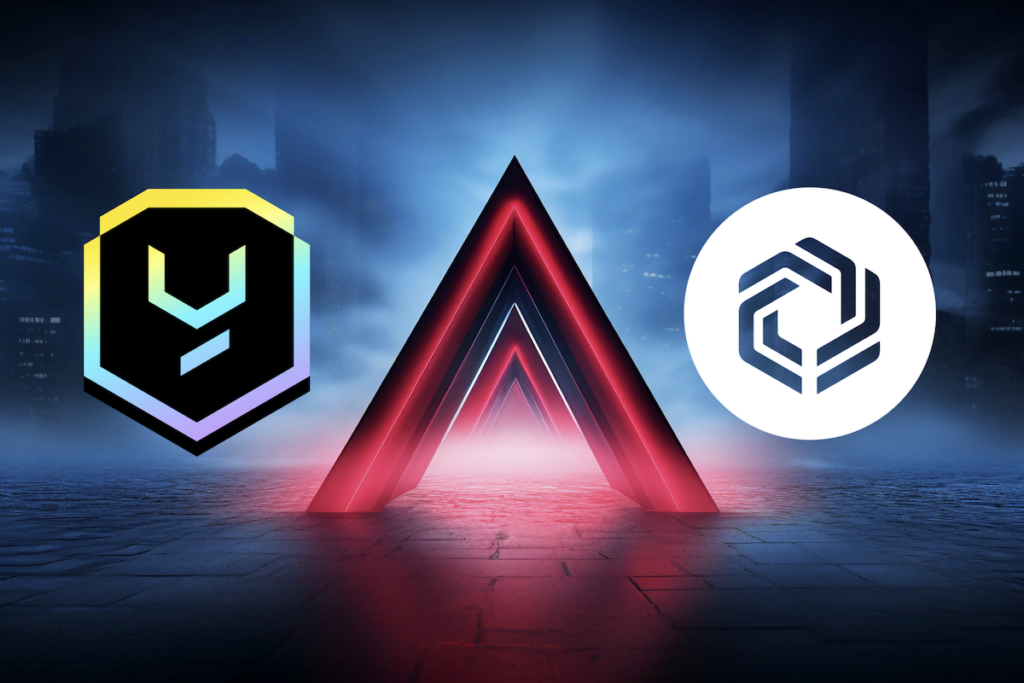Digital technologies have completely transformed education over the past two decades. Still, the metaverse could take it to a new level. Although the use of the metaverse in learning is still in its early stages, the market is set to witness remarkable growth in the coming years.
According to data presented by AltIndex.com, the global metaverse education market is expected to grow tenfold and reach a value of $25 billion by the end of the decade.
Market Growth and Projections
The metaverse introduces an innovative method of learning. It provides a limitless experience for teachers and allows students to receive personalized education in institutions they can’t access locally. It also creates new opportunities for lifelong learning.
Despite these benefits, there are downsides, including the lack of contact with the physical world, development and hardware costs, and potential cybersecurity threats.
While there is ongoing debate about whether the metaverse can replace traditional classrooms, the market for metaverse education has grown tremendously. This growth presents significant opportunities for students, teachers, companies, and startups providing VR-based, distance learning solutions.

According to a Statista survey, the global metaverse education market was valued at $1.7 billion two years ago. Since then, this figure has grown by 47%, reaching $2.5 billion this year. This growth is expected to continue, with the market projected to increase by an average of 46% per year, resulting in a market value of $25 billion by 2030.
Nearly one-third of this value will come from the United States, the world’s largest metaverse education market. The US market is expected to reach $8.3 billion in 2030, up from roughly $1 billion in 2024. However, other top markets are set to witness even more significant growth.
For instance, the total value of metaverse classrooms in China will skyrocket by 960%, hitting $3 billion in the next six years. Japan and Germany will follow with massive growth rates of 900%, resulting in market values of $1.2 billion and $1 billion, respectively.
Benefits and Challenges of Metaverse Education
The number of people learning in metaverse classrooms is also expected to increase significantly. In 2024, more than 28 million people will be educated in metaverse classrooms, roughly five million more than two years ago. Statista expects this figure to more than triple, reaching almost 105 million by the decade’s end.
Academic studies have found that metaverse education can improve learning outcomes, such as student engagement, attention span, motivation, and knowledge retention. This explains the increasing attraction to this market.
However, challenges remain. The lack of physical interaction in metaverse classrooms can be a significant drawback. Development and hardware costs are also substantial, potentially limiting accessibility. Additionally, cybersecurity threats must be addressed to ensure safe and effective learning environments.
Author
-

Web3 advocate with a knack for breaking down complex concepts into engaging narratives.




